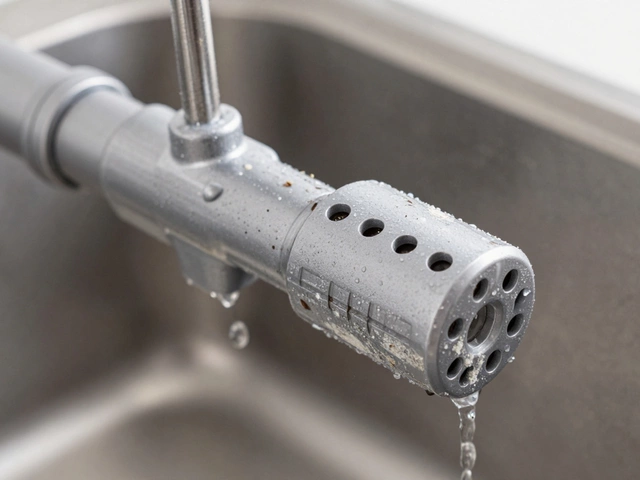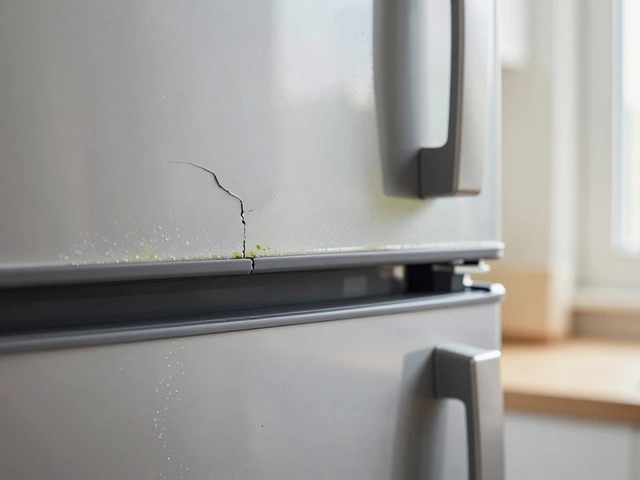Thermostat Reset: What It Is and Why It Matters
When working with thermostat reset, a simple procedure that clears the current settings of a thermostat and forces it to start fresh. Also known as resetting the temperature controller, it helps devices like ovens, refrigerators, and heating systems get back on track after a glitch.
Another key player is the thermostat, the sensor and control unit that tells an appliance when to heat or cool. It works hand‑in‑hand with the heating system, the network of boiler, radiators, and pipes that delivers warmth throughout a home. A faulty thermostat can make a boiler over‑heat, an oven stay cold, or a fridge run hotter than it should. Resetting the thermostat often clears the error without opening the appliance.
Why a Thermostat Reset Can Save Time and Money
Think of a thermostat reset as hitting the refresh button on a web page. It wipes out corrupted data, lets the control board re‑read sensor values, and usually restores normal operation. For a kitchen oven, thermostat reset can stop the heating element from staying on, which saves energy and prevents burnt food. In a boiler, the reset stops endless cycling that drives up gas bills. Even a fridge’s thermostat reset can bring back proper cooling, stopping food from spoiling.
Most DIYers can perform a reset in under five minutes: turn the appliance off, unplug it, wait a minute, then plug it back in or press the reset button if there is one. This quick step often avoids a call to an appliance repair specialist. However, if the problem returns after a reset, there’s likely a deeper fault such as a broken temperature sensor or a damaged control board.
Oven owners often wonder whether the issue lies with the oven thermostat or the main heating element. A reset will tell you fast: if the oven still won’t heat, the thermostat may be dead and need replacement. For a boiler, a reset can clear lockout codes; if the boiler relocks, a professional should check the pressure sensor or gas valve. The same logic applies to fridge and freezer thermostats – a reset may restore cold, but persistent warming means the thermostat or sealed system needs a look‑over.
Seasonal changes also play a role. When winter hits, heating systems work harder and thermostats can drift. A reset before the first cold snap ensures the boiler’s thermostat reads accurately, keeping rooms comfortable and bills manageable. Similarly, summer heat can trick a fridge’s thermostat into over‑cooling; a reset after a power outage gets the temperature back to the right level.
In practice, a thermostat reset is part of routine maintenance. Pair it with cleaning the sensor area, checking for loose wires, and verifying that the appliance’s power supply is stable. Regular resets after power cuts or after moving an appliance prevent hidden errors from turning into costly repairs.
Below you’ll find a mix of articles that break down specific reset steps for ovens, boilers, fridges, and more, plus guidance on when a reset won’t cut it and you should call a professional. Dive in to see how a quick reset can keep your home running smoothly.
When you find yourself constantly hitting the reset button on your water heater just to get hot water, you're facing an issue that shouldn't be ignored. There are a few common reasons behind this frustration, from worn-out heating elements to faulty thermostats. This article breaks down the main causes, what each one means, and what you can do about it. You'll learn some quick troubleshooting tips and when to call in an expert. Hot water shouldn't be a daily battle—let's figure out what's going wrong.


